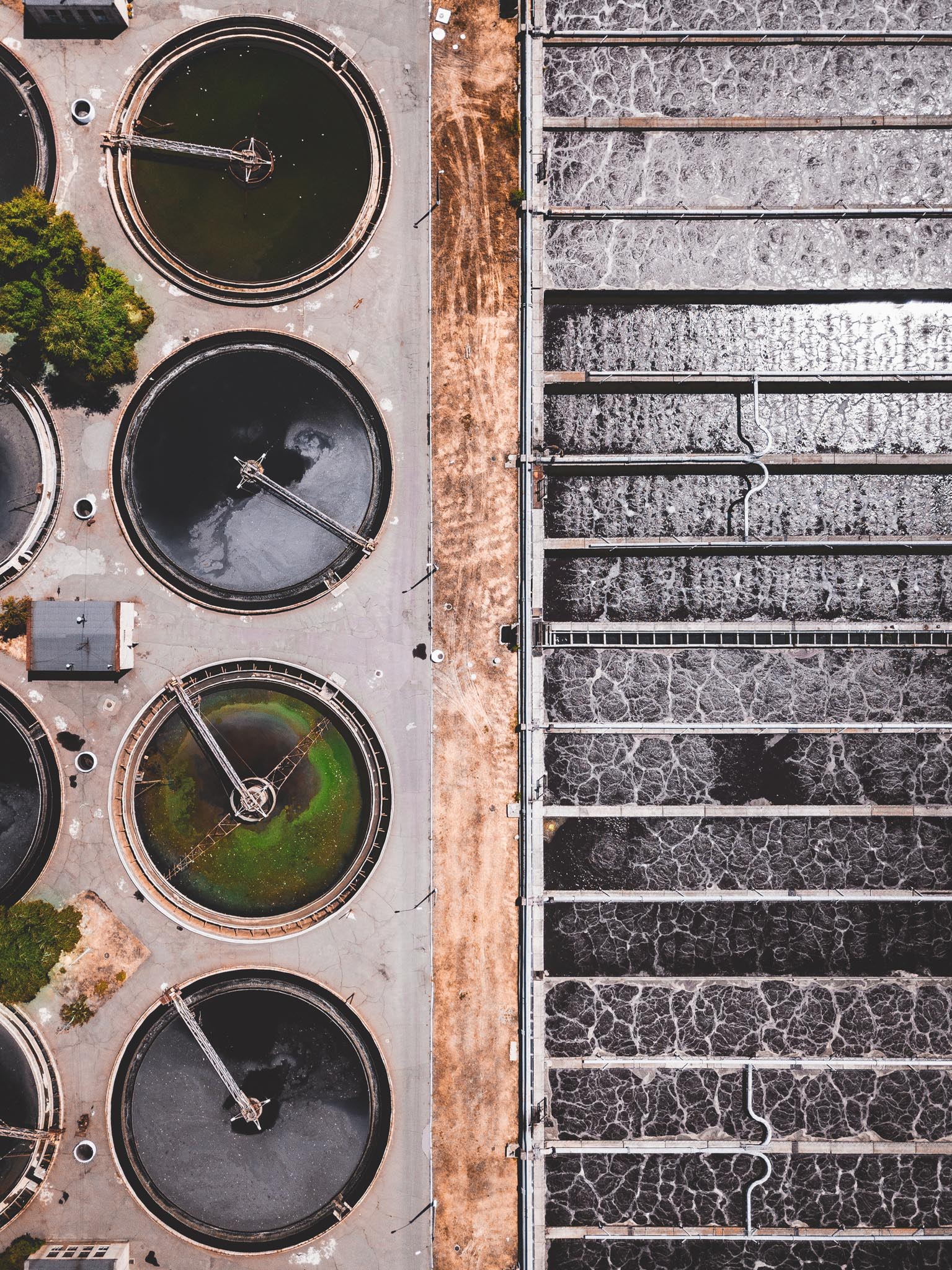Date
2023/08/30
Duration
4 min read
ebook
Soil Quality: 10 Plant Nutrition
Organisations
Murdoch University
Department of Primary Industries and Regional Development
Grains Research and Development Corporation
Authors
Tona Sanchez-Palacios
Richard Bell
Over eight million hectares of land in south-west Western Australia required applications of micronutrients, particularly copper, zinc and molybdenum, in order to grow profitable crops and pastures when first cleared for agricultural production. Initial fertiliser applications, particularly of copper and zinc, had very long residual effectiveness – research showed that the once-off application of copper continued to correct crop deficiencies for over 30 years.
Many aspects of farming systems and climate have changed in the last two to three decades from when the early recommendations for micronutrients were made. Many farmers have raised questions about whether initial micronutrient supplies are still adequate, especially given changes to no-till cropping, changing rainfall patterns and higher cropping intensity.
The main findings of a national study comprising 47 field trials between 2014 and 2017 were that only 15 of them showed yield responses to applied micronutrients, including six for copper, four for molybdenum, four for manganese and one for zinc. In the nine trials carried out in Victoria and New South Wales, no micronutrient responses were found. By contrast with the low incidence of zinc deficiency for crop yield in these field experiments, surveys of wheat grain show consistently low concentrations (15–20 mg/kg) that are below recommendations for human health.
part of a micronutrient study in 2018–2019 with the Leibe Group in the north of the Western Australian wheatbelt, a plant tissue survey was conducted of 400 sites across 100 wheat paddocks. Seventeen percent of plant samples had zinc levels considered to be marginal (5% were considered deficient) and 7% of samples had marginal manganese levels (2% were considered deficient) but there were no copper deficiencies diagnosed.

Identifying micronutrient deficiencies
There is no indication that micronutrient deficiencies have become more widespread in recent times under changed farming systems. While responses to copper, molybdenum and manganese have been found, they were in environments, and on soil, where deficiencies could have been predicted using critical levels for soil or plants developed in previous research.
- Current soil and plant test critical levels that were developed from work done more than 20 years ago remain valid guidelines for interpreting soil and plant testing results.
- Soil testing is a useful general guide for the prediction of micronutrient deficiencies in the case of zinc, copper and boron, but not so reliable for manganese deficiency prediction.
- Plant analysis is more reliable than soil testing for predicting and confirming micronutrient deficiencies in crops and pastures.
- For pastures there are a large number of new species which are being adopted on farms, and for those there is limited knowledge about their sensitivity to micronutrients relative to the older sub clover, ryegrass and medic species – Monitoring of new pasture species for micronutrient levels would be prudent.
- The more routine use of lime in farming systems to correct soil acidity will be having spin-off benefits for decreasing molybdenum deficiency.
- Cropping systems involving canola and pulses should continue to be monitored for boron status, particularly on sand, loamy sand and sandy duplex soil. In general, there is a greater removal of boron in grain of those crops than inputs from rainfall; whereas removal in cereal grains is generally less than 10 grams per hectare and, particularly in high to medium rainfall areas, comparable amounts of boron are added to soil each year in rainfall.
- With micronutrient sampling of soil and plant samples, extra precautions need to be taken to avoid contamination, particularly from galvanised materials and copper and brass fittings which are common on farms and farm machinery.
Micronutrient fertiliser
- Foliar application of micronutrients appear to be an effective tactical response to the appearance of visual symptoms or diagnosis of deficiencies early in the season by plant analysis.
- Soil applications either as granular products or in fluid fertilisers are effective for micronutrient applications for crops.
- Fluid banding around the seed, which is new strategy, can be used effectively and rates of micronutrients per hectare would be similar to those recommended for compound granular fertilisers.
- Sulfates are as effective in correcting copper and manganese deficiencies as other formulations but wetting agents don’t change the efficacy of the sulfate foliar sprays.
- Copper sulfate fluids are as effective as granular compound sources at seeding.
Whilst chelated fertilisers are no better than sulfate forms, they may have a role in some tank mixes where sulfates are not compatible.
Reference
ebook Soil Quality: 10 Plant Nutrition
Scanlan C, Bell R, Weaver D, Borrett R and Cheng M (2023).














